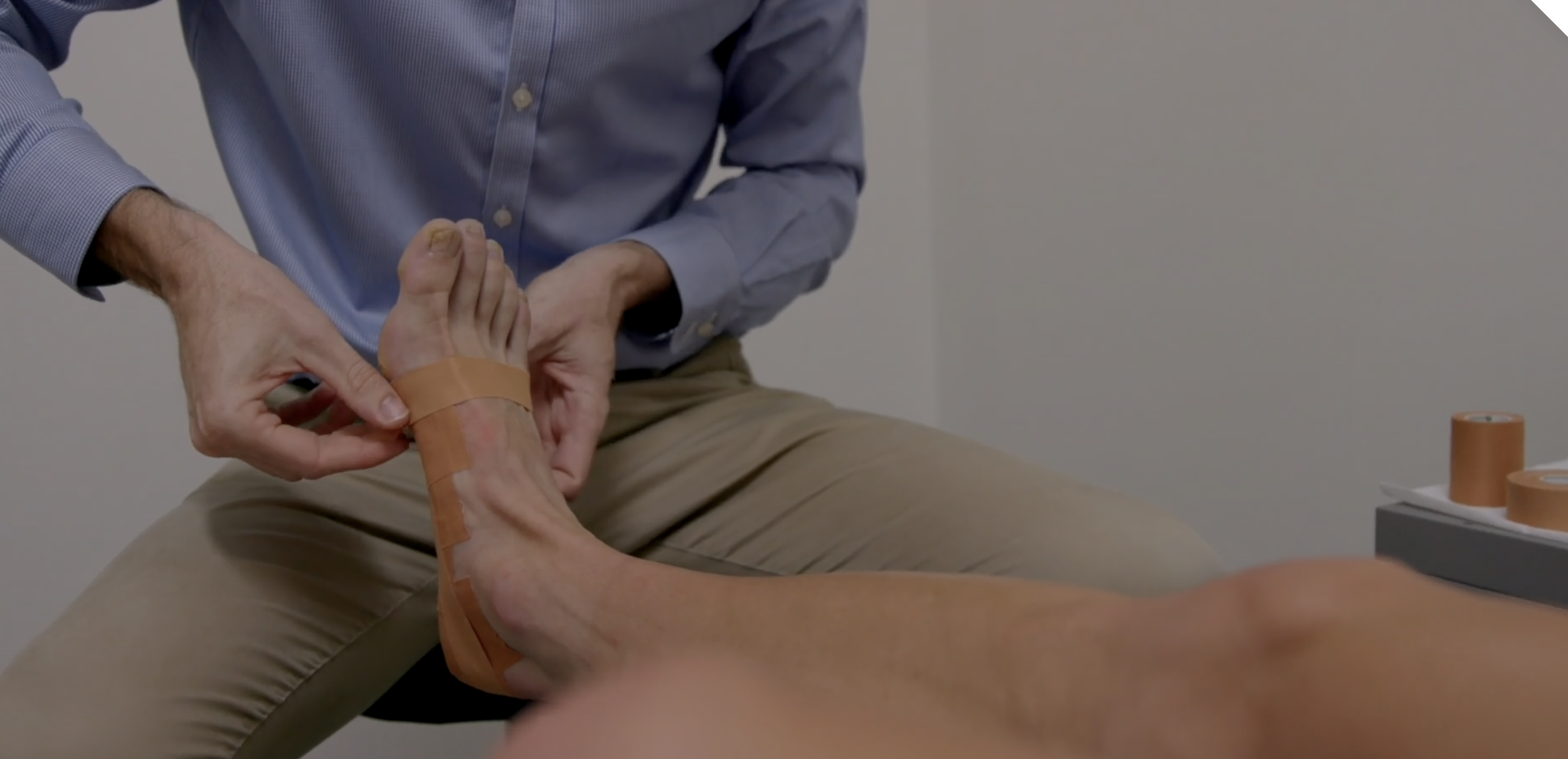
Do you have heel pain?
It could be Plantar Fasciitis.
Plantar Fasciitis is the most common cause of heel pain in adults—so common, in fact, that it affects 1 in 10 people during their lifetime.
It occurs when there is an injury to a ligament (the Plantar Fascia) under the arch of the foot, causing heel pain.
The Plantar Fascia supports the entire weight of your body. If the force through this structure increases, this overloading can cause inflammation and pain.
Fortunately, the right foot care from an expert Podiatrist can relieve the pain associated with Plantar Fasciitis and get you on the fastest road to recovery.
-
Hint: it's literally the spring in your step.
The Plantar Fascia is a piece of strong ligament that runs along the bottom of the foot, connecting to the heel bone to the toes and helping to create your foot’s distinctive arch.
When you put weight on your foot, the arch lowers, stretching the Plantar Fascia, and as your foot pushes off the ground when walking,
it shortens and springs back to propel your foot forward (we weren’t kidding when we said it was the spring in your step!).
-
While it often affects middle-aged people and women, adults of all ages deal with the pain and discomfort of this condition.
The risk is increased by wearing certain shoes, as well as your underlying foot structure (think people with flat feet or high arches).
-
In a nutshell: Heel pain. Heel pain. Heel pain.
Plantar Fasciitis is the most common cause of heel pain in adults.
People often describe the pain as feeling like a stone bruise on their heel. It is usually worse first thing in the morning, and when walking on hard floors.
-
Plantar Fasciitis occurs when overloading the Plantar Fascia causes it to become injured.
There are three common scenarios during which load is increased on the Plantar Fascia, which can result in the development of Plantar Fasciitis.
High level of activity
Recent increase in activity
Carrying extra weight
(including pregnancy / carrying children / weight gain)
-
Many people with Plantar Fasciitis have a heel spur on their Xray.
This is a small spike of bone sticking out from the heel bone.
Although they are linked to the condition, these heel spurs don’t actually cause the heel pain of Plantar Fasciitis.
-
Plantar Fasciitis may resolve on its own, but this usually takes around two years.
However, for the majority of people, forgoing treatment will lead to increased pain that becomes more difficult to treat, resulting in a lower quality of life and negative state of mind.
The constant pain can also restrict you from doing what you love and lead to increased weight gain, as even simple exercises can be painful.
Fortunately, there are several simple and inexpensive treatment options that can relieve the pain and help your foot heal quicker.
-
At Foot Faults, we typically use a combination of treatments to relieve the pain of Plantar Fasciitis, and help prevent it from coming back.
Reduce inflammation and promoting healing with treatments including icing, stretching, splits and Shockwave Therapy.
Reducing load using strapping tape, footwear adjustments, orthotics, exercise medications and reducing weight carried.
Strengthening the foot with exercises and a graduated exercise program.
-
For mild cases, treatment can take as little as four weeks.
For the majority of clients, it takes an average of 6-12 weeks to be pain free and resume normal activities.
Some cases may take longer especially in the instance the pain has been present for a significant period of time prior to commencing treatment.
